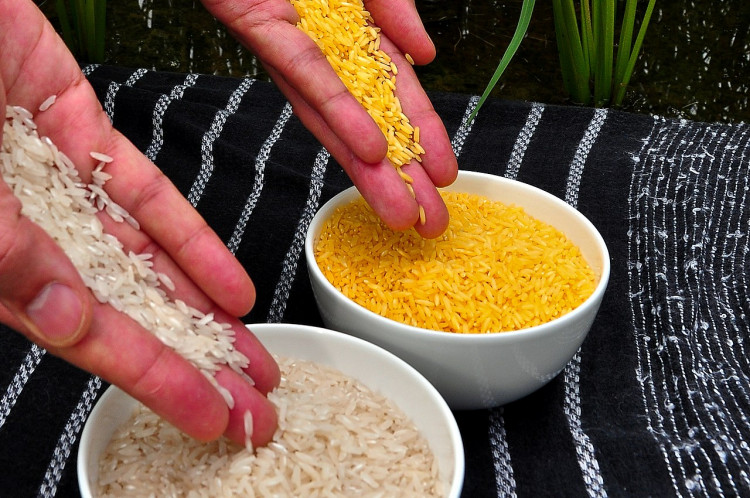Recently, a video of a man causing a disturbance at Qingdao Jiaodong Airport over carrying an excessive amount of grain in his hand luggage on a flight to South Korea went viral. The incident delayed the flight for over an hour and shone a spotlight on the phenomenon of "grain smugglers" who exploit high price differentials.
As the El Niño phenomenon intensifies, concerns over grain supply persist, and this Wednesday, the benchmark rice price in Asia reached a new 15-year high.
In South Korea, where the self-sufficiency rate is low, rice prices have been soaring, with domestic prices nearly three to four times higher than in China. This significant price difference has led some individuals to risk smuggling rice between China and South Korea, earning profits of over a thousand yuan per trip.
Smuggling Rice to Korea for Profit While purchasing products like cosmetics and luxury goods for resale is common, even food has become a target for smuggling due to the high price differential.
Media reports indicate that "grain smugglers" often operate in groups, carrying grain on flights between China and South Korea, mainly at Qingdao Jiaodong Airport, and now extending to other ports like Beijing Daxing Airport.
In South Korea, retail rice prices range from $3.41 to $6.24 per kilogram (approximately 24.3 to 44.4 yuan), nearly three to four times the price of rice in China. The low cost of flights from nearby Chinese cities like Qingdao and Weihai to South Korea provides an opportunity for smugglers to profit from the price difference.
For example, a round-trip flight from Qingdao to Seoul on December 22 costs mostly under 500 yuan. A round trip not only covers the flight cost but can also yield a profit of over a thousand yuan.
Smugglers take advantage of the free checked baggage allowance on international flights, checking in 2-3 bags and carrying 1-2 pieces of hand luggage, with a total weight ranging from several to over a hundred kilograms. Even after deducting the flight cost, a trip can net a profit of 1,000 to 2,000 yuan.
Some analyses suggest that returning from South Korea with cosmetics can increase the profit to over 4,000 yuan per trip. Flying 4 or 5 times a month can earn nearly 20,000 yuan.
Low Self-Sufficiency and High Food Inflation in South Korea Since early last year, inflation in South Korea has been on the rise, particularly noticeable in food prices. In November, South Korea's CPI rose by 3.3% year-on-year, maintaining around 3% for four consecutive months. Agricultural products increased by 13.6%, the largest rise since May 2021, pushing up overall prices by 0.57 percentage points.
South Korea's high food inflation is linked to its low self-sufficiency rate and excessive trade protection. The country's geographical disadvantages limit agricultural development, leading to a low food self-sufficiency rate of 19.3% in 2020, down from 30.9% in 2000.
This year, South Korea's rice production is expected to decrease by 2.1% to 3.684 million tons, with remaining rice stocks about 42% lower than the past decade's average of 133,000 tons. The decrease in production has prompted South Korea to protect its agriculture with high import tariffs and other measures.
As a food-importing country, South Korea's food prices are highly susceptible to external factors. Recently, concerns over increased rice demand and the impact of El Niño have driven Asian rice prices to a 15-year high.
According to the Thai Rice Exporters Association, the benchmark rice price in Asia - 5% broken Thai white rice - rose 2.5% from the previous week to $650 per ton, the highest since October 2008. The last time rice prices reached this level was in early August when India imposed significant export restrictions, and drought threatened Thailand's rice harvest. Prices fell in September and October but began rising again in November.
Chookiat Ophaswongse, honorary president of the Thai Rice Exporters Association, noted:
"Considering persistent food security concerns and India's rice export ban, rice prices are expected to remain quite high until early next year."






